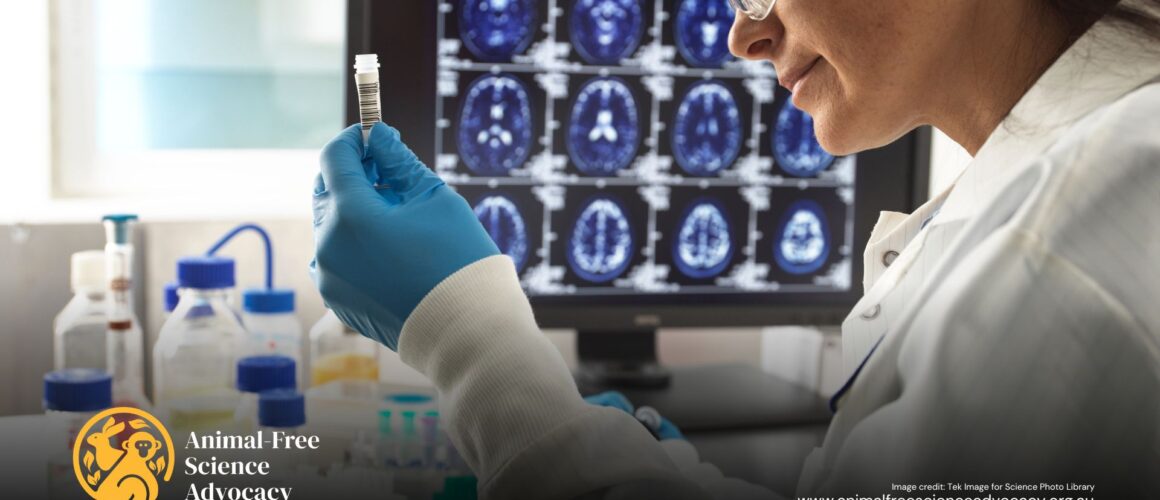Article
A Taxon-Specific and High-Throughput Method for Measuring Ligand Binding to Nicotinic Acetylcholine Receptors
Toxins 2019, 11(10), 600; https://doi.org/10.3390/toxins11100600
Authors
Christina N. Zdenek 1,†OrcID,Richard J. Harris 1,†OrcID,Sanjaya Kuruppu 2,†,Nicholas J. Youngman 1,James S. Dobson 1OrcID,Jordan Debono 1,Muzaffar Khan 3,Ian Smith 2,Mike Yarski 4,David Harrich 5,Charlotte Sweeney 6,Nathan Dunstan 7,Luke Allen 7 and Bryan G. Fry 1,
Affiliations
1 Venom Evolution Lab, School of Biological Sciences, The University of Queensland, St. Lucia, QLD 4072, Australia
2 Department of Biochemistry & Molecular Biology, Biomedicine Discovery Institute, Monash University, Clayton, VIC 3800, Australia
3 Institute of Biology, Leiden University (IBL), Sylvius Laboratory, Sylviusweg 72, 2333 BE Leiden, The Netherlands
4 Millennium Science, 4 Miles Street Mulgrave, VIC 3170, Australia
5 QIMR Berghofer, Royal Brisbane Hospital QLD 4029, Australia
6 Translational Research Institute, University of Queensland, QLD 4072, Australia
7 Venom Supplies Pty Ltd., Stonewell Rd, Tanunda, SA 5352, Australia
Funders
This work was funded by Australian Research Council Discovery Project DP190100304.
Terminology
Ligand- something that binds with a biological molecule to form a complex
Nicotinic acetylcholine receptors- (nAChRs) are a family of ligand-gated ion channels located
throughout the body for many different physiological functions. One of their most vital roles is
signaling between neuronal junctions to skeletal-muscle cells. They are also widely distributed in the central nervous system
Biosensor- a device that measures biological or chemical reactions
Biolayer interferometry (BLI) innovative label-free, microfluidics-free, optical technique that accurately measures, in real time, the thickness of biomolecules progressively accumulating on the interaction surface of an optical-fiber coated biosensor
Epitope– portion of a foreign protein, or antigen, that is capable of stimulating an immune response
Mimotope– a peptide sequence that mimics epitopes of carbohydrate, protein or lipid antigen
Orthosteric site– the sites for binding of the substrates or competitive inhibitors of enzymes and agonists
Polymerase chain reaction (PCR) – a technique used to “amplify” small segments of DNA
Aim
To validate a novel method that allows for the first time high-throughput, flexible testing of ligand binding to taxon-specific nicotinic acetylcholine receptors.
Method
Neurotoxins, found in the venom of many types of snakes, cause paralysis by attaching to nerve receptors in our muscles, preventing the normal chemical binding process that naturally occurs in our bodies when we want to move. Thus, the prey is paralysed, leading to death by respiratory failure.
Instead of using animals to test paralytic neurotoxins, this method uses optical probes dipped into a solution containing the venoms and then measuring the binding to these probes by analysing changes in the light reflected back. The technology relies on the development of synthetic peptides that correspond to nerve receptors, which tell our muscles to contract. The amino acid sequences for the α-1 orthosteric site for each species were obtained from public databases and subsequently synthetically produced without the use of animals.
The assay was tested with a positive control, a negative control and also three snake venoms from species known to have a generalist diet.
Conclusion
The BLI method allows for the reliable, high-throughput screening for quantifying the binding kinetics of ligands to nAChRs of any α-subtype from any taxonomical lineage.
Relevance
BLI can fast-track compound screening and purification protocols, ascertain potency rank order of neurotoxic venoms, and quantify drug binding for the progress of drug design and development. The method described here may also be useful for investigations of small, linear decoy proteins for potential therapeutic use as antivenom supplements. This method allows for the testing of activity upon precise prey species, as the orthosteric site sequence can be easily obtained through routine PCR methods, or may already be available on public databases, and the capture peptide synthesized accordingly.
HRA Comment
The research was not completely animal-free as venoms were sourced from individual adult snakes (captive and wild-caught) from either the long-term cryogenic collection of the Venom Evolution Laboratory or donated by Venom Supplies Pty Ltd. This technique, however, could replace conventional methods of testing paralytic neurotoxins, which previously required euthanasia of test animals.
